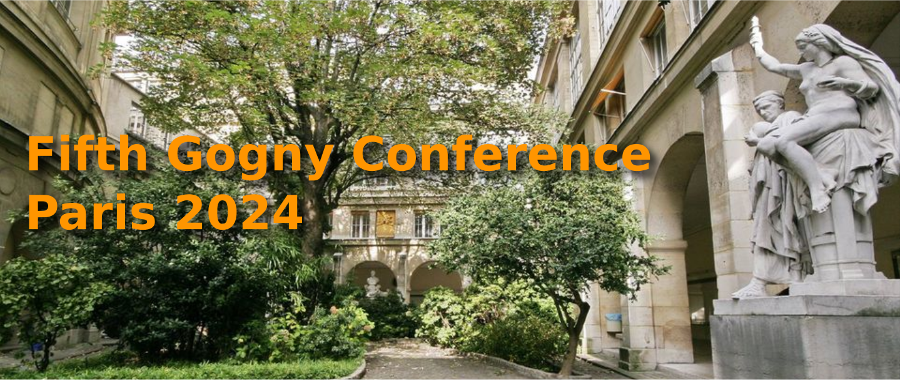Speaker
Description
The task of modelling the dynamics of a fissioning nucleus in order to extract observable quantities with sufficient accuracy to verify and predict experimental outcomes is an ongoing challenge. One category of solutions to this problem is based on a "beyond mean-field" approach utilising the time-dependent generator coordinate method (TDGCM), which simulates the dynamics of a fissioning nucleus as it propagates across a potential energy surface determined by self-consistent solutions of the Hartree-Fock (or similar) equations. The majority of past models in this category have used the Gaussian overlap approximation (GOA) to simplify computations and produce fission observables. It is argued that the inherent assumptions of the TDGCM+GOA approach may limit its suitability for future descriptions of fission aiming to achieve greater precision or to account for previously neglected physics. This motivates a new implementation of the TDGCM which is not only able to simulate fission dynamics without relying on the GOA, but also obtain the desired fission observables up to an arbitrary order of precision. Some preliminary results from applying this model to the well-studied induced fission of 236U are presented and interpreted, and directions for future development are highlighted. Finally, potential extensions to improve the broader TDGCM approach to nuclear fission are discussed.

